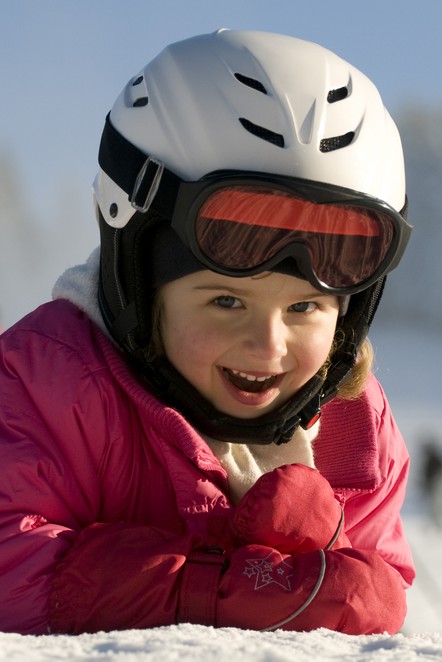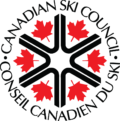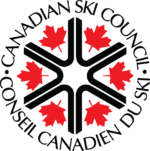Why Wear a Helmet?

Wearing a protective helmet when practising snow sports is a wise choice since it reduces the risk and seriousness of certain head injuries. But beware, you still have to be careful… A helmet is not armour and should not encourage you to take more risks. The best protection against accidents is knowing and respecting your limits and the Mountain Code of Conduct and Alpine Responsibility Code. The golden rule is control!
Dr. Rob’s Top Ten Tips for Using and Wearing Helmets When Skiing and Snowboarding by Robert Williams, MD
Robert Williams, MD, is a pediatric anesthesiologist and associate director of the Pediatric Intensive Care Unit at Vermont Children’s Hospital and associate professor of Anesthesiology at the University of Vermont College of Medicine. He is also an avid skier and snowboarder and serves as a medical associate for the Smugglers’ Notch Ski Patrol.
- Ski and snowboard as if you weren’t wearing a helmet.All skiers and snowboarders should ride responsibly and in control at all times. Helmets may help prevent head injuries in the event of certain types of accidents, but are of little help in high-speed, head-on injuries and offer no protection against neck and other types of injuries.
- Use a helmet designed specifically for skiing or snowboarding. Bike helmets are designed with different impact characteristics and different areas of protection than ski and snowboard helmets and should never be worn as a substitute for a snow sports helmet. In addition to appropriate safety design, ski helmets offer advantages, such as warmth and an integrated fit with goggles.
- Take time to ensure the helmet fits properly. Snow sports helmets are not something to grow into. The helmet must fit properly to function safely. In addition, a helmet that is an uncomfortable fit will end up not being worn. Consult a knowledgeable salesperson at a reputable store regarding appropriate fit for a helmet and to get any questions answered.
- Buy a helmet that meets industry standards. There are various helmet standards in place including CEN (the least rigorous standard), ASTM, Snell and RS-98 (far and away the most rigorous and hard to meet standard for certification). Be sure to review product literature for the helmet to find out which standard the helmet meets.
- Adults should serve as role models for children. Children pick up on hypocrisy at light speed. If parents expect their children to ski and ride responsibly and wear helmets, then they should do so as well. Any adult who wears a helmet will help encourage children to follow suit.
- Establish a firm rule regarding helmet use and skiing/snowboarding. If a parent decides that helmets should be worn, but the child is resistant, remember that it’s O.K. to say no. Establish a rule, such as “No helmet equals no skiing or snowboarding.” Most ski teams and academies have rules requiring helmet use in their athletes and the athletes accept these rules as a matter of course. Your child will adhere to this rule as well if it is presented in a polite, yet non-compromising manner.
- Bring your child’s or your goggles in when you buy your helmet. Different goggles and helmets work together differently. A well-fitting system will provide great protection for the face and forehead from cold wind and snow and still allow adequate ventilation for the goggles.
- Keep goggles and helmets attached together. It is much harder to lose both a helmet and a set of goggles. Some parents may find they recoup the cost of the helmet by not having to replace lost goggles (and hats!) as often.
- Provide incentives for good helmet behavior. A number of professional skiers and snowboarders wear helmets and can serve as great role models. Help reinforce helmet wearing with such incentives as posters of winter sport celebrities who wear helmets, or gear worn by these celebrities.


